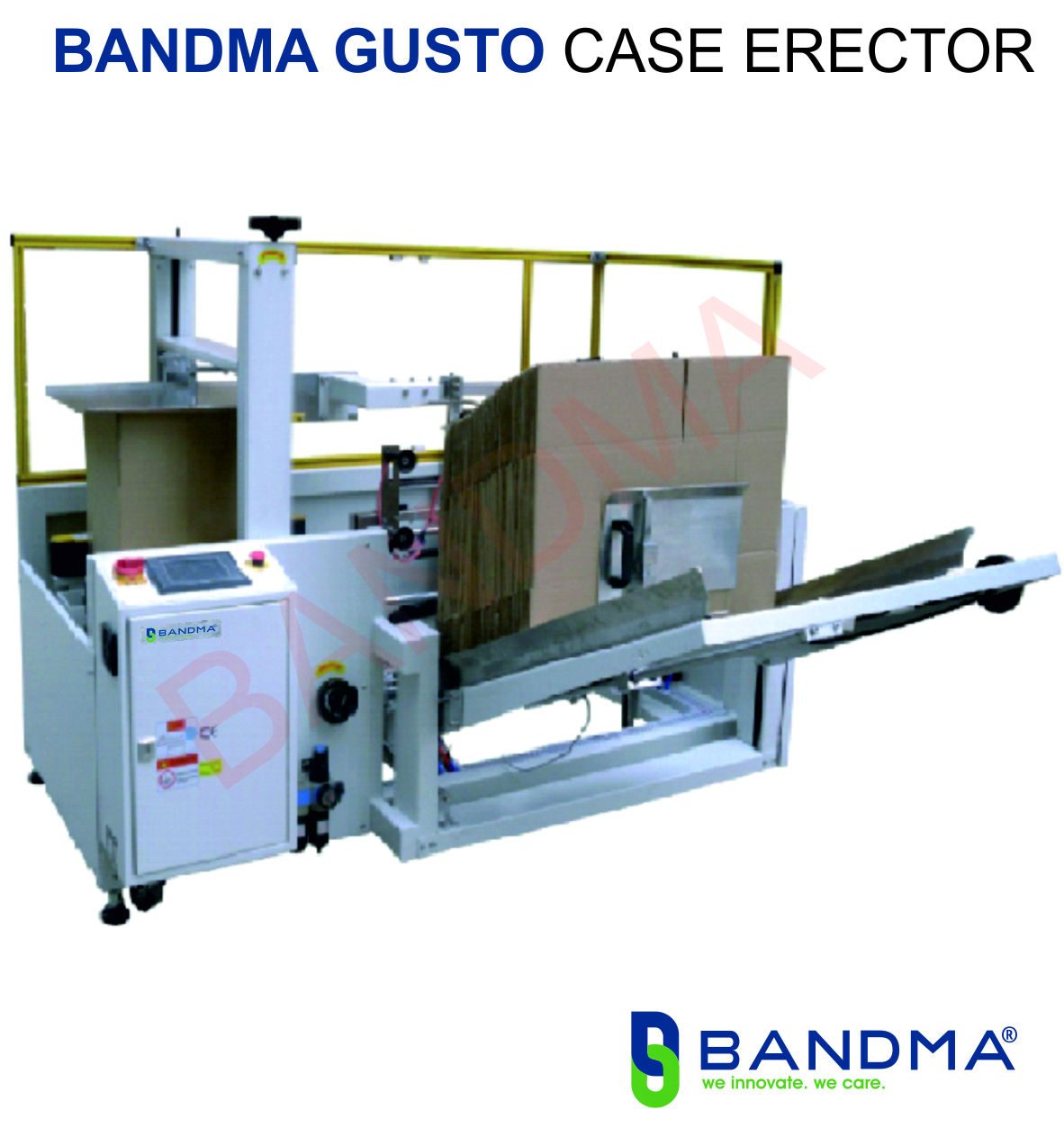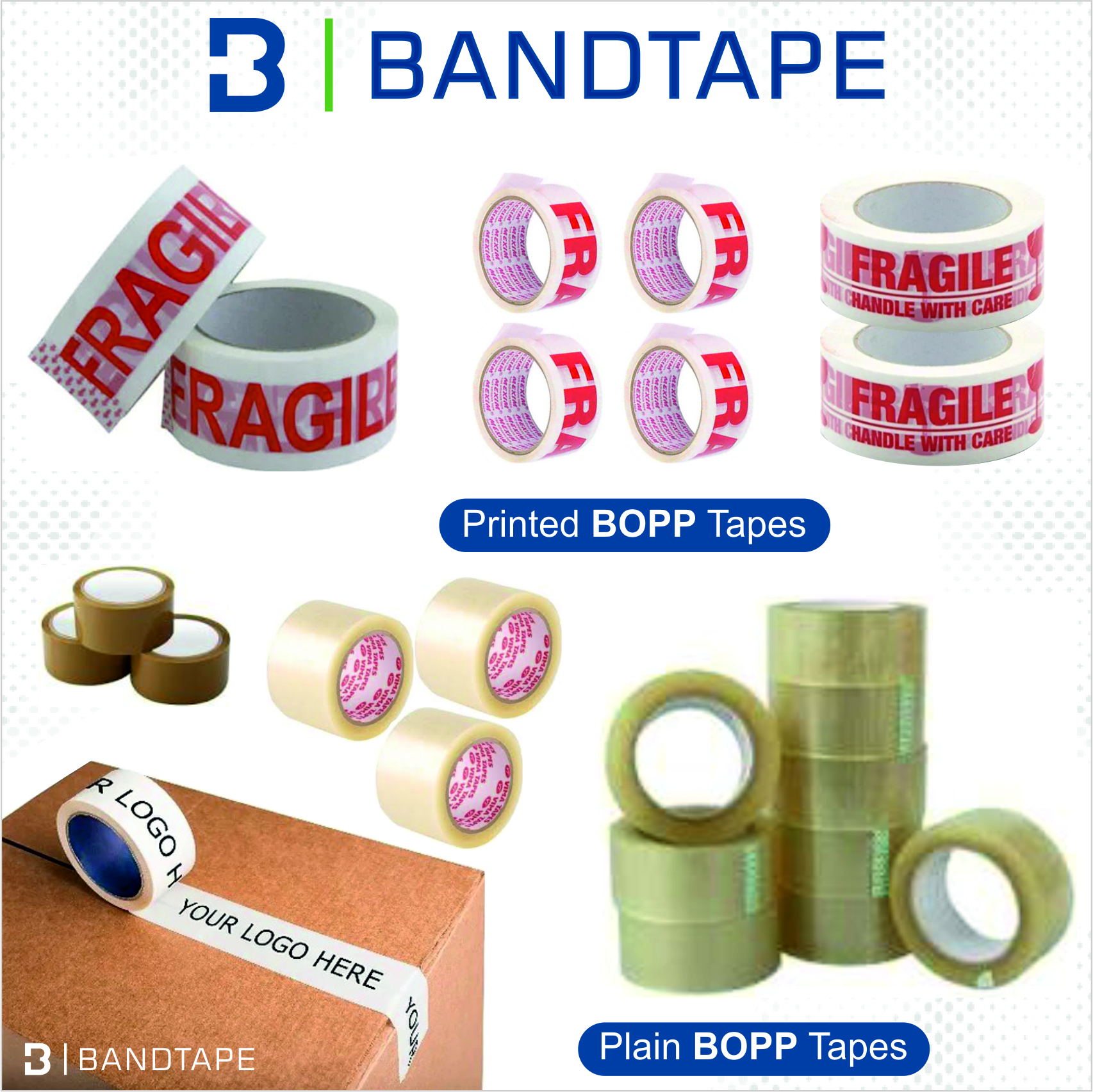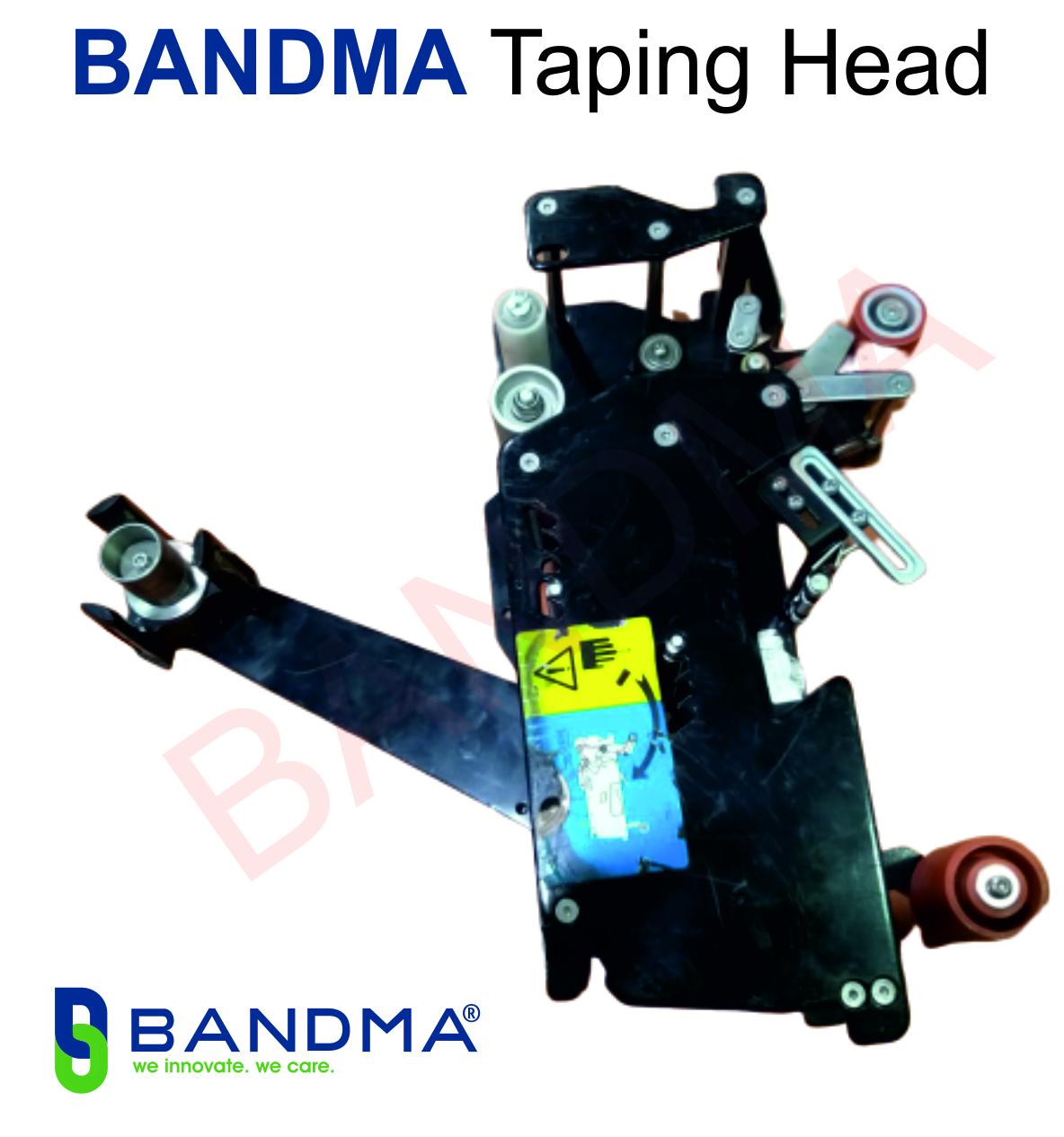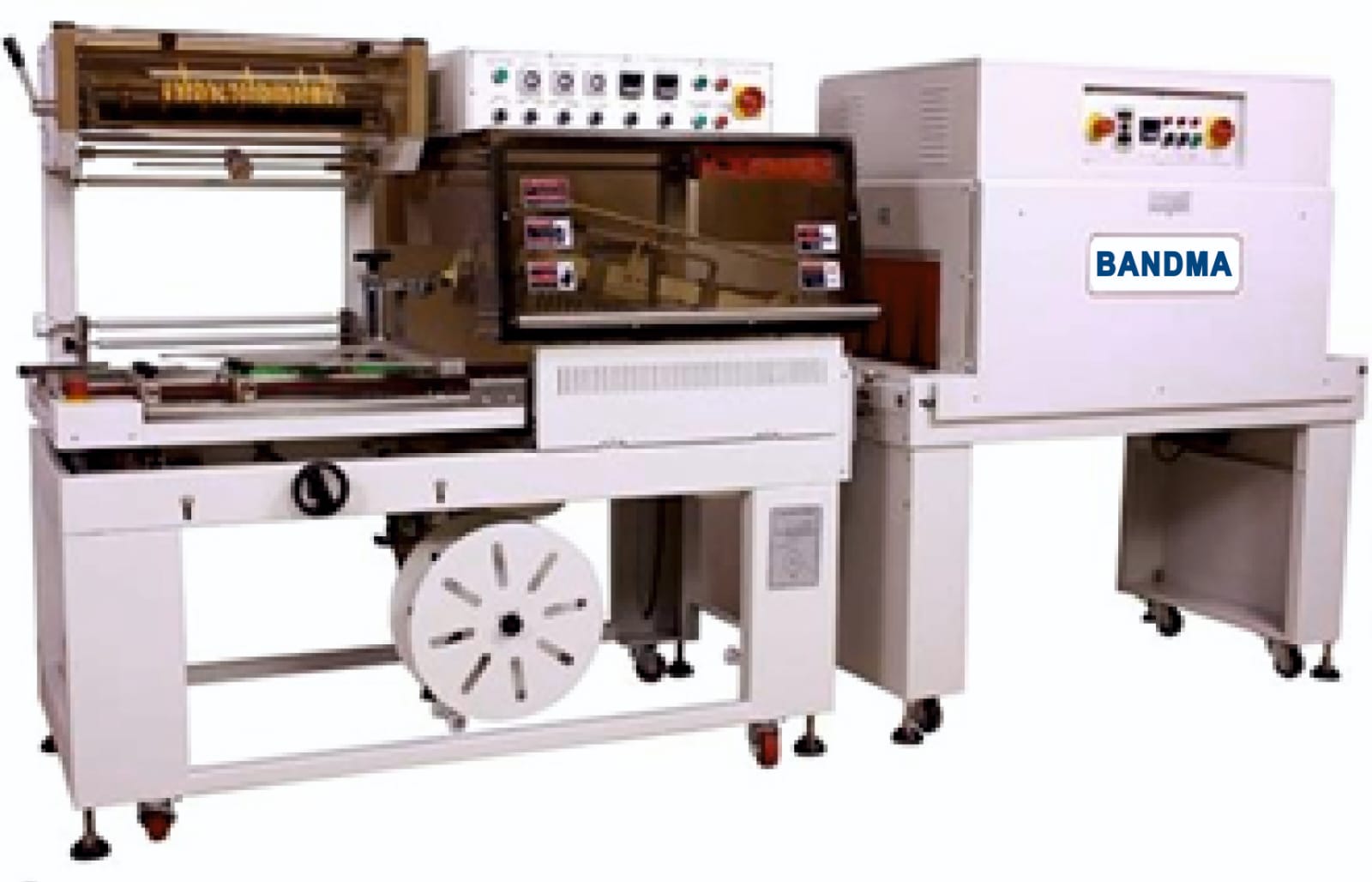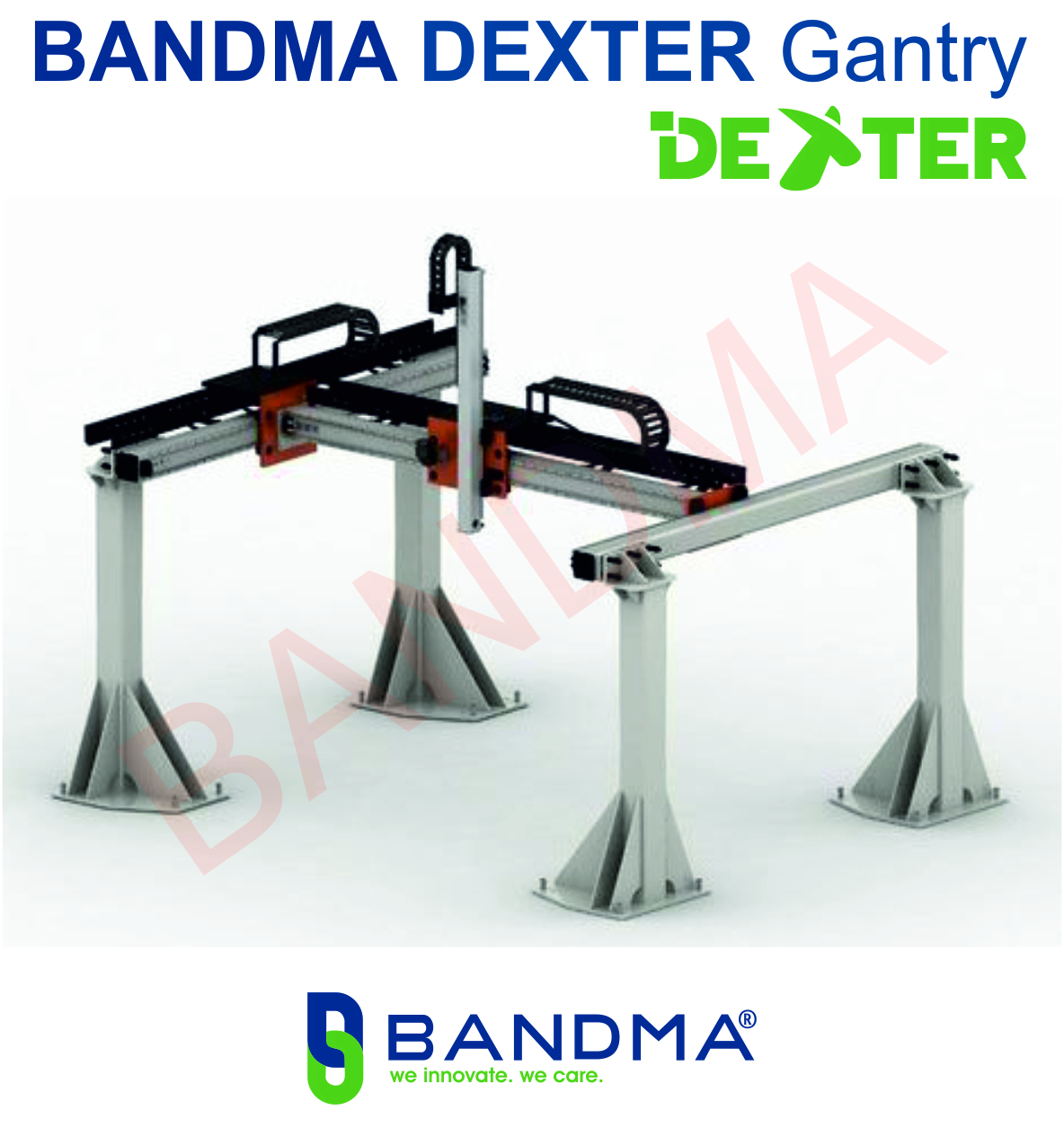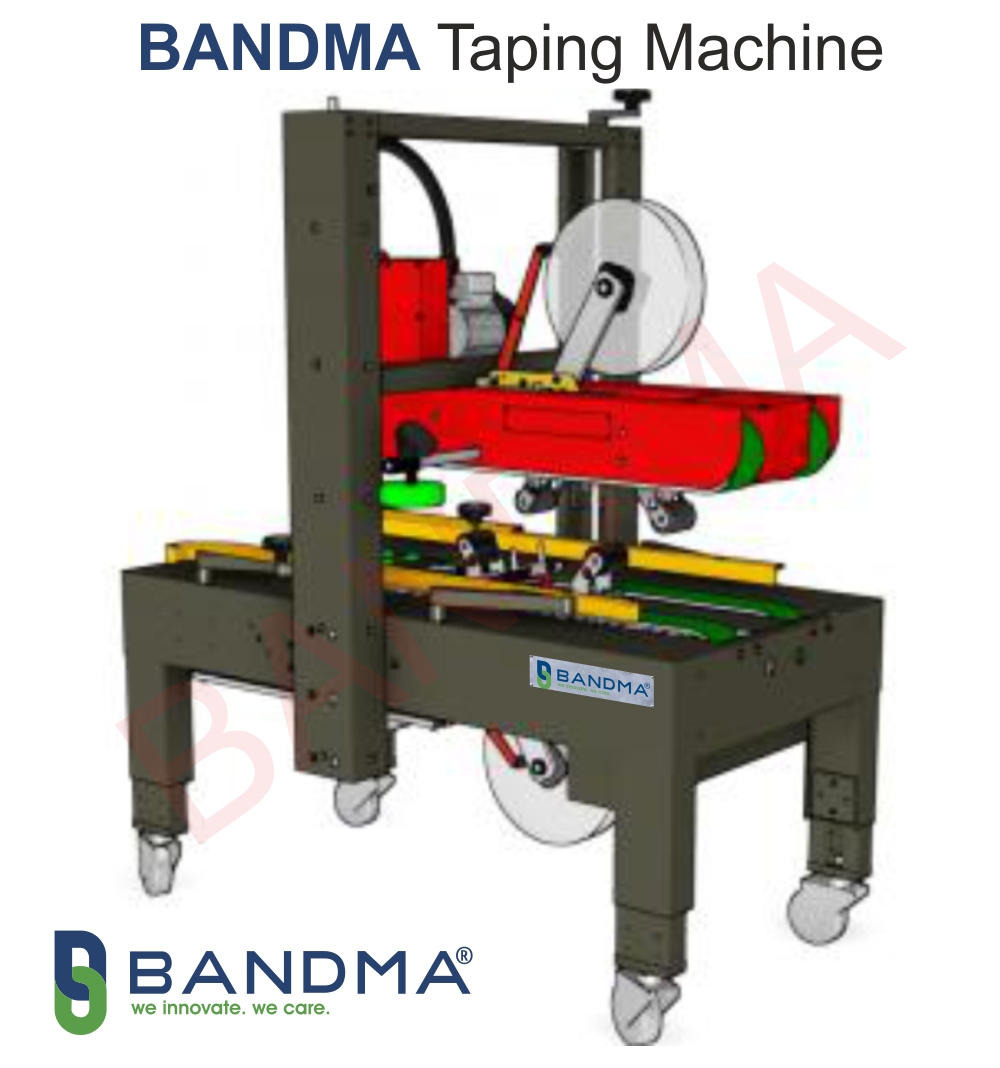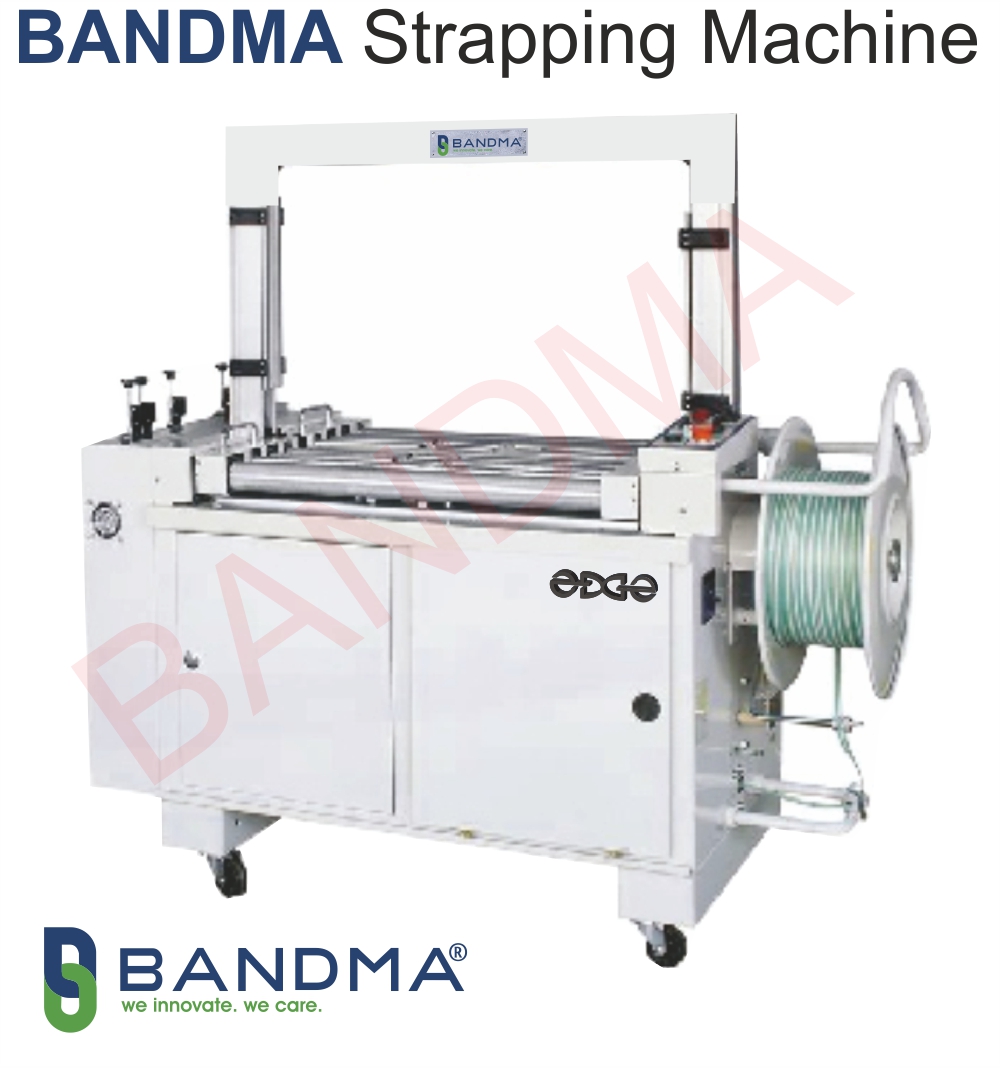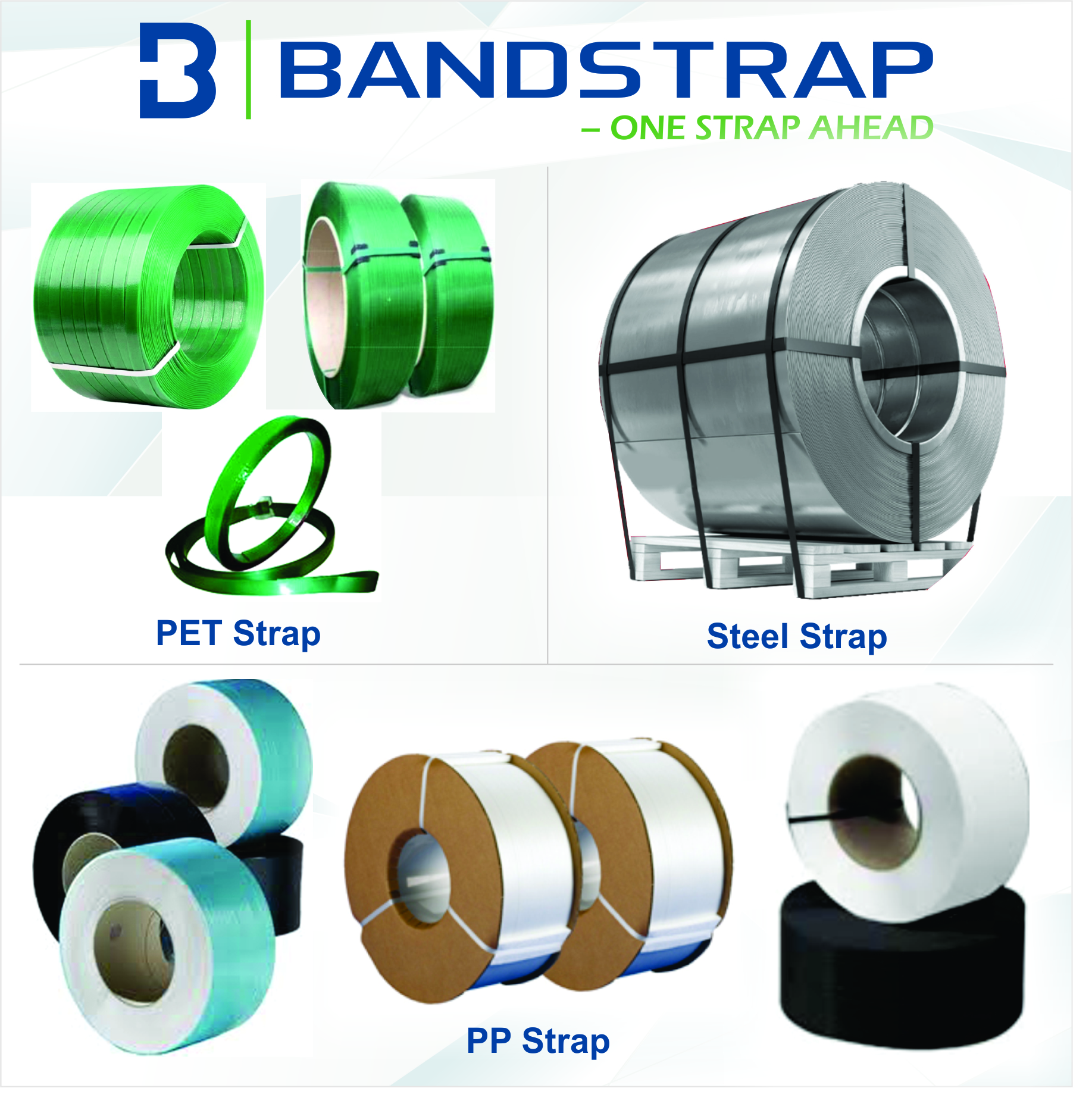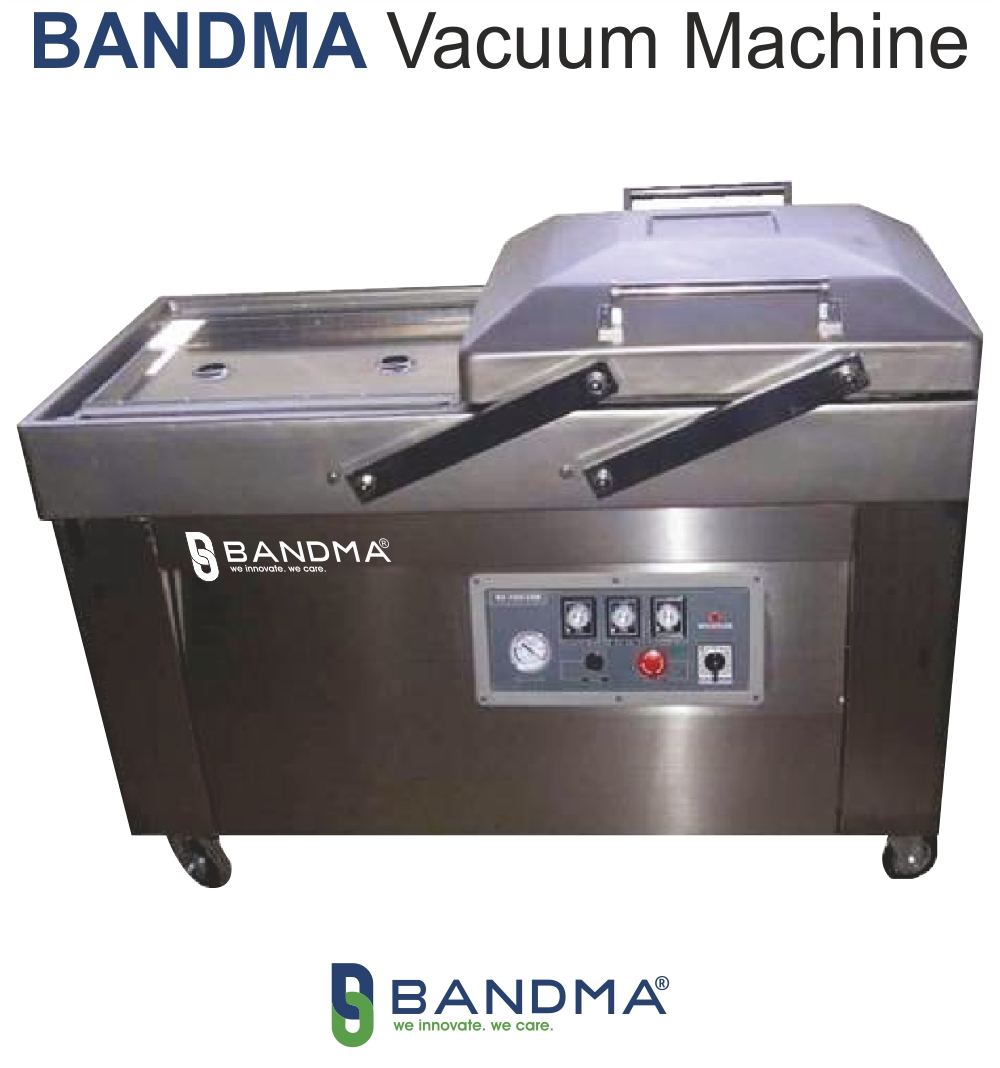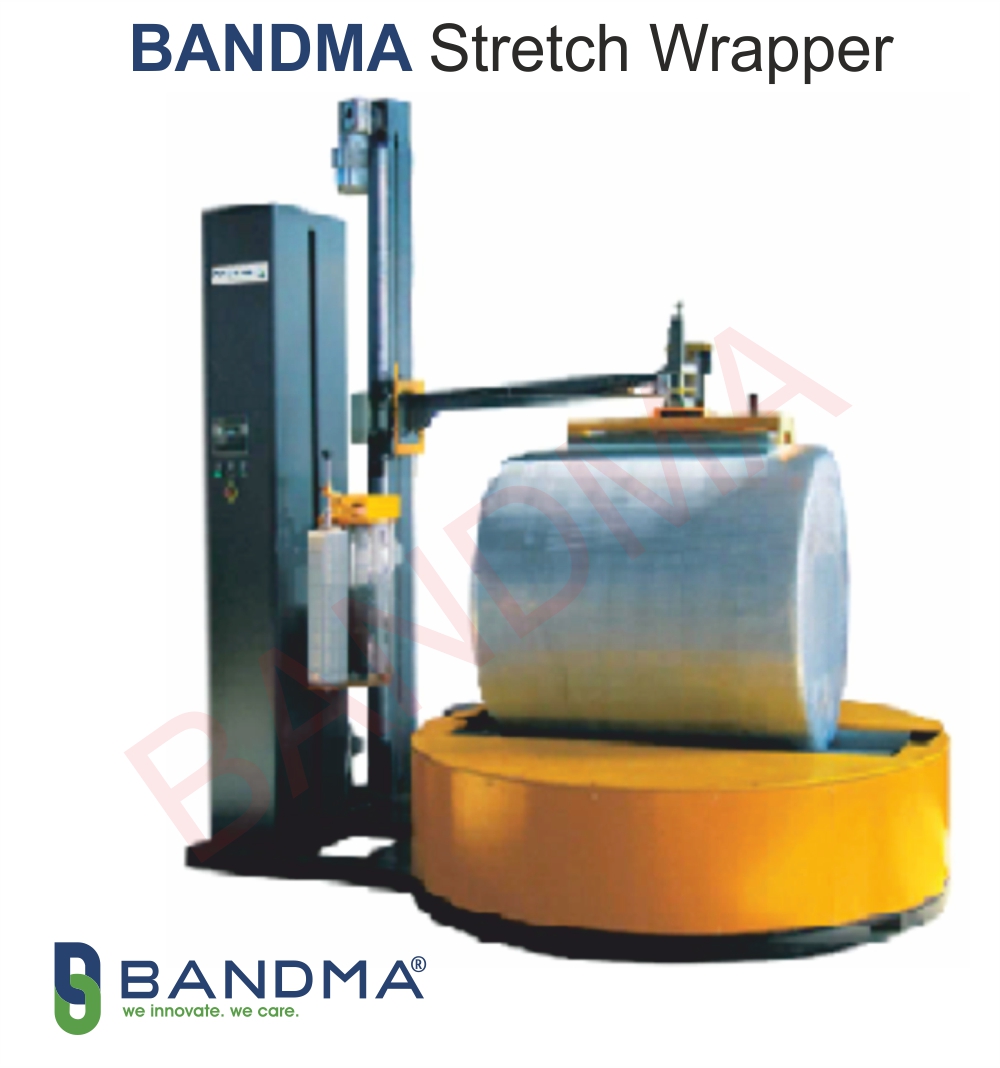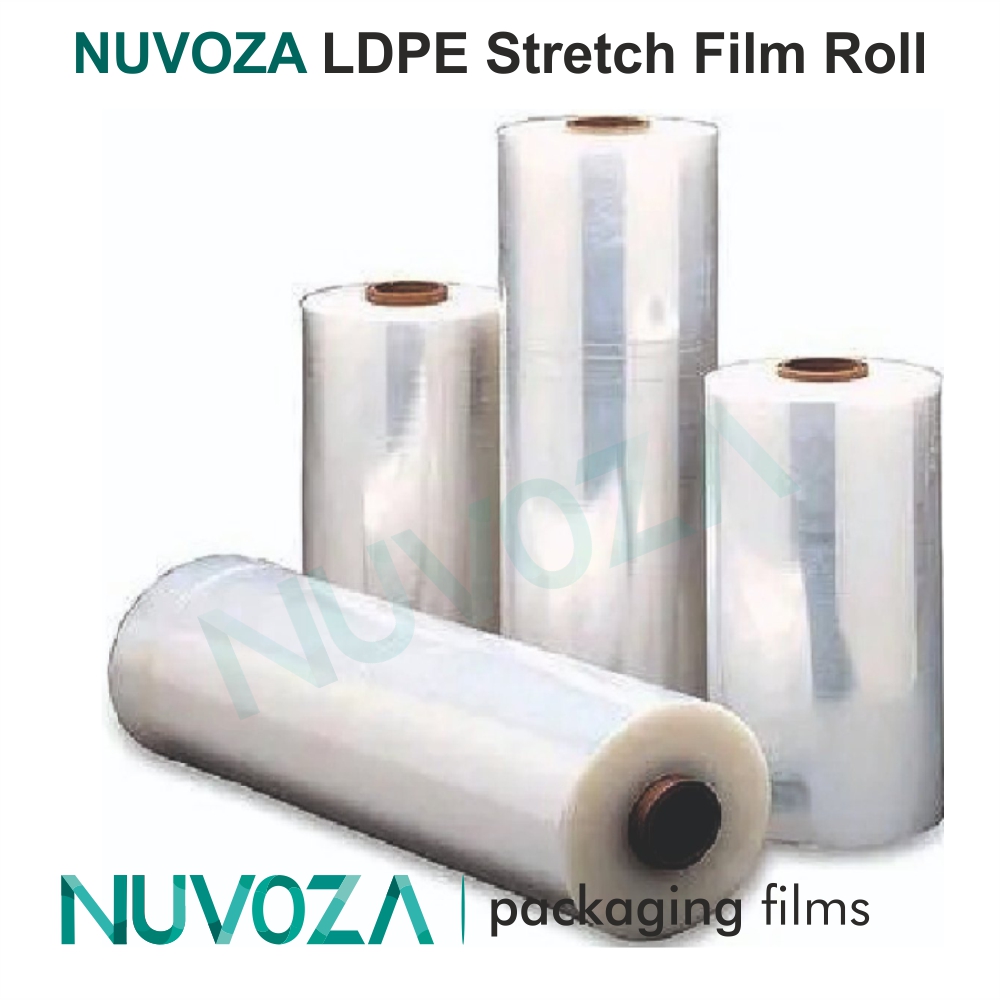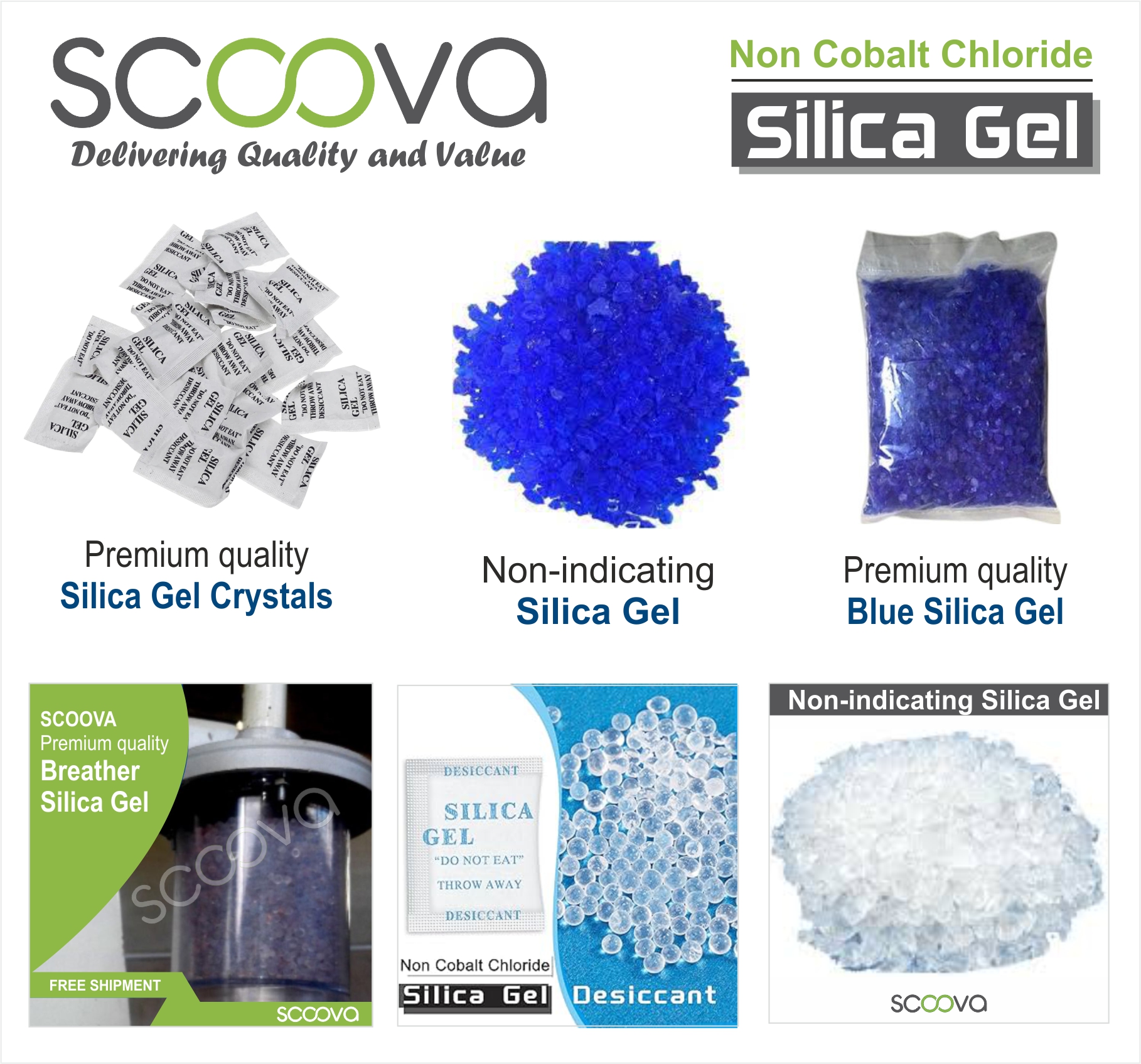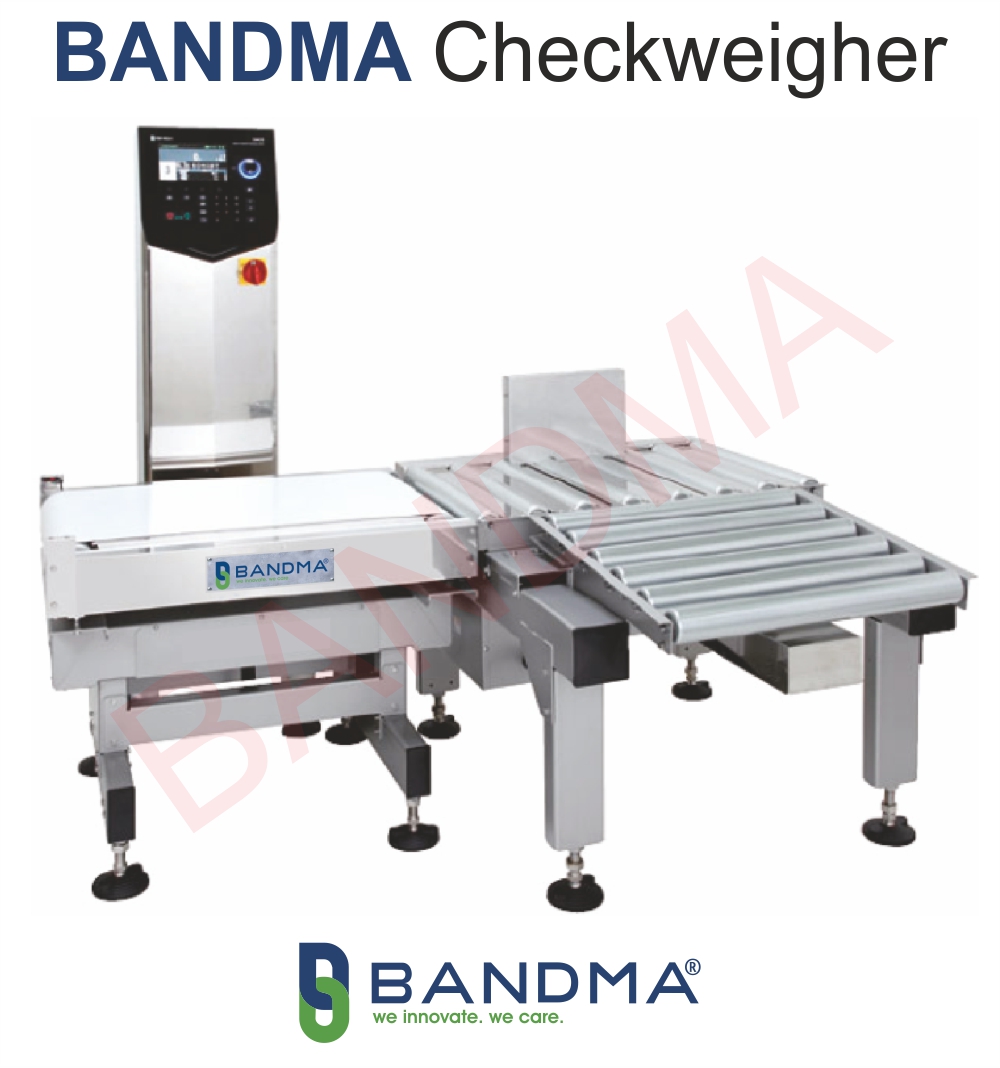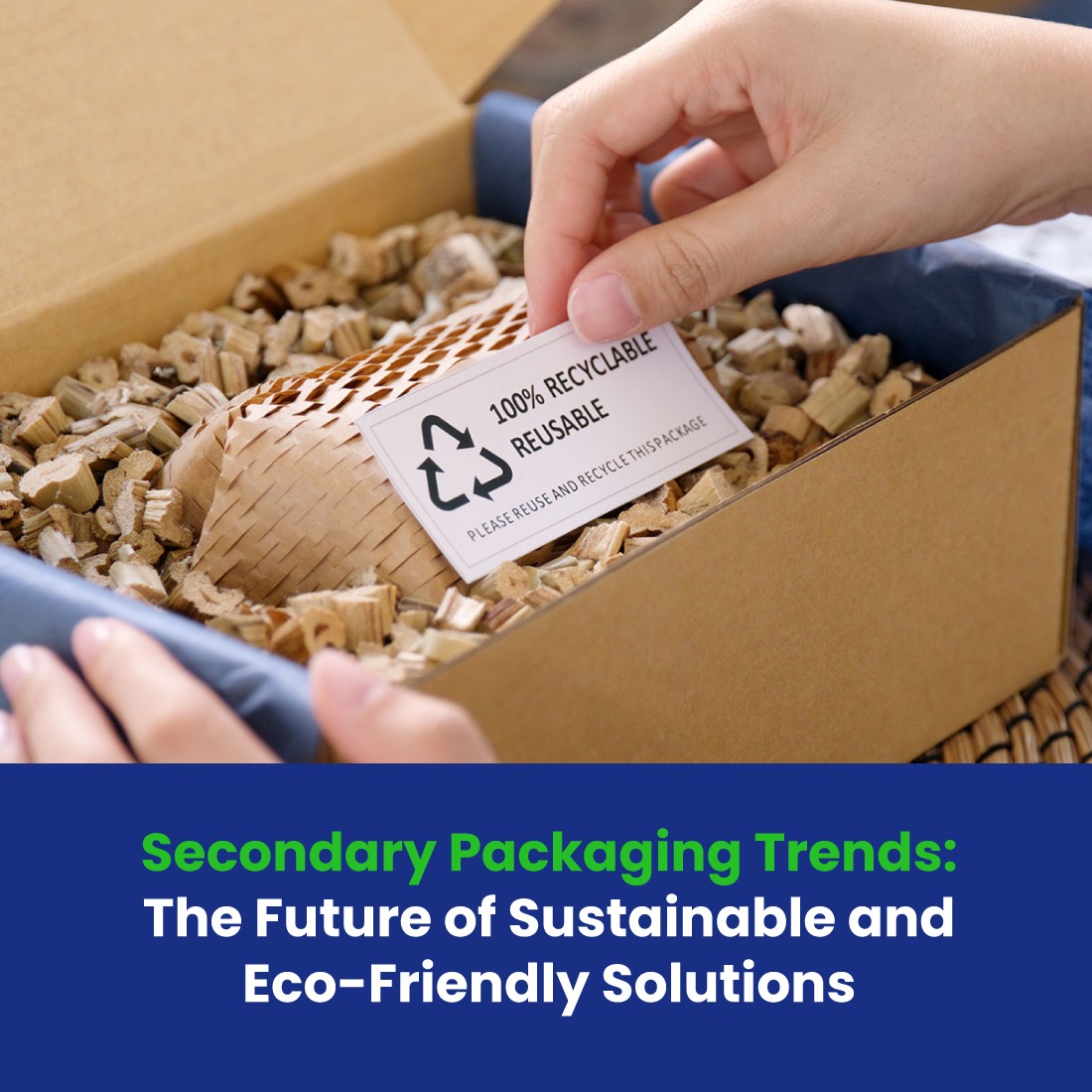The packaging sector has been greatly impacted by the rising demand for sustainable practices. Eco-friendly secondary packaging options are growing in popularity as companies work to lessen their environmental impact. In order to enhance their packaging systems without sacrificing product protection, businesses are currently investigating cutting-edge materials, energy-efficient procedures, and waste-reducing designs.
The most recent developments in sustainable secondary packaging will be discussed in this blog, along with how they are influencing the direction of environmentally friendly packaging techniques in the future.
Understanding Secondary Packaging

The outer layer that shields primary packaged goods during storage, transit, and retail display is known as secondary packaging. It is essential for maintaining the integrity of the product, increasing handling effectiveness, and strengthening branding. Secondary packaging examples include:
- Carton boxes
- Shrink wrap films
- Stretch wraps for pallets
- Strapping and banding materials
With increasing environmental concerns, businesses are shifting towards eco-friendly alternatives that reduce waste and promote sustainability.
Key Trends in Sustainable Secondary Packaging

1. Biodegradable and Compostable Materials
The use of biodegradable materials, which decompose spontaneously and lessen their influence on the environment, is one of the most important trends. Resources like:
- Plant-based films
- Cornstarch-based shrink wraps
- Biodegradable tapes and strapping
These options provide reliable protection while aligning with sustainability goals.
2. Recyclable Packaging Solutions
Recycling materials is becoming more and more popular. Among the packaging options made for recycling are:
- Corrugated cardboard boxes
- PET strapping and films
- Mono-material shrink films
These materials can be easily processed in recycling facilities, reducing landfill waste and lowering carbon footprints.
3. Lightweight Packaging Design
Businesses now prioritize reducing material weight without sacrificing durability. Secondary packing that is lightweight uses less material, costs less to ship, and uses less fuel during transit.
For example, Bandma's optimized shrink wrap solutions use thinner yet highly durable films, achieving strong protection with minimal material waste.
4. Energy-Efficient Packaging Machines
Energy efficiency is being emphasized in secondary packaging automation. Modern machines are made to produce as much as possible with the least amount of power. Technologies like
- Low-energy heat tunnels for shrink wrapping
- Energy-efficient strapping machines
- Intelligent control systems to reduce power wastage
By implementing energy-saving equipment, businesses can significantly reduce operational costs and improve sustainability.
5. Water-Based and Solvent-Free Adhesives
Conventional adhesives frequently include environmentally harmful substances. By lowering hazardous emissions during manufacture and use, the move to water-based adhesives offers a safer and more environmentally responsible substitute for carton sealing.
6. Multi-Use and Returnable Packaging
Reusable secondary packaging is becoming more popular, particularly in logistics and e-commerce. Reusable pallets, collapsible crates, and sturdy containers are being used to increase supply chain efficiency and decrease waste from single-use packaging.
7. Digital Printing for Eco-Friendly Labeling
Businesses may now immediately modify labels on packing materials thanks to advancements in digital printing, which minimizes ink waste and the need for more paper. This technique is perfect for producing colorful graphics with less of an adverse effect on the environment.
Benefits of Sustainable Secondary Packaging Solutions

1. Reduced Environmental Impact
Businesses can drastically reduce landfill waste and their carbon impact by implementing recyclable, biodegradable, or reusable materials.
2. Enhanced Brand Image
Customers who care about the environment are more inclined to support companies that put sustainability first. A company's dedication to environmental responsibility is demonstrated by the use of green packaging solutions.
3. Cost Savings
Reusable packing solutions, lightweight materials, and energy-efficient machinery all help to lower shipping, energy, and material costs.
4. Regulatory Compliance
As global environmental rules become more stringent, implementing sustainable practices guarantees that companies continue to adhere to industry norms.
5. Improved Customer Loyalty
Consumers are favoring eco-friendly brands more and more. Businesses can strengthen their ties with eco-aware customers by investing in sustainable packaging.
Why Choose Bandma for Sustainable Secondary Packaging?

Bandma offers cutting-edge secondary packaging solutions designed to improve efficiency while promoting sustainability. Our advanced range includes:
- Energy-efficient packaging machines
- Eco-friendly stretch and shrink films
- Durable and recyclable strapping solutions
By incorporating Bandma's solutions, businesses can achieve higher productivity, lower costs, and enhanced environmental responsibility.
Conclusion
The packaging industry is changing as a result of the move toward sustainable secondary packaging options. Businesses can lessen their influence on the environment and increase overall efficiency by implementing eco-friendly materials, energy-efficient machinery, and creative designs.
Your company can maintain its competitive edge in the market and help the environment at the same time with Bandma's sustainable secondary packaging solutions. To ensure a sustainable future for your business, make an investment in eco-friendly practices now.

